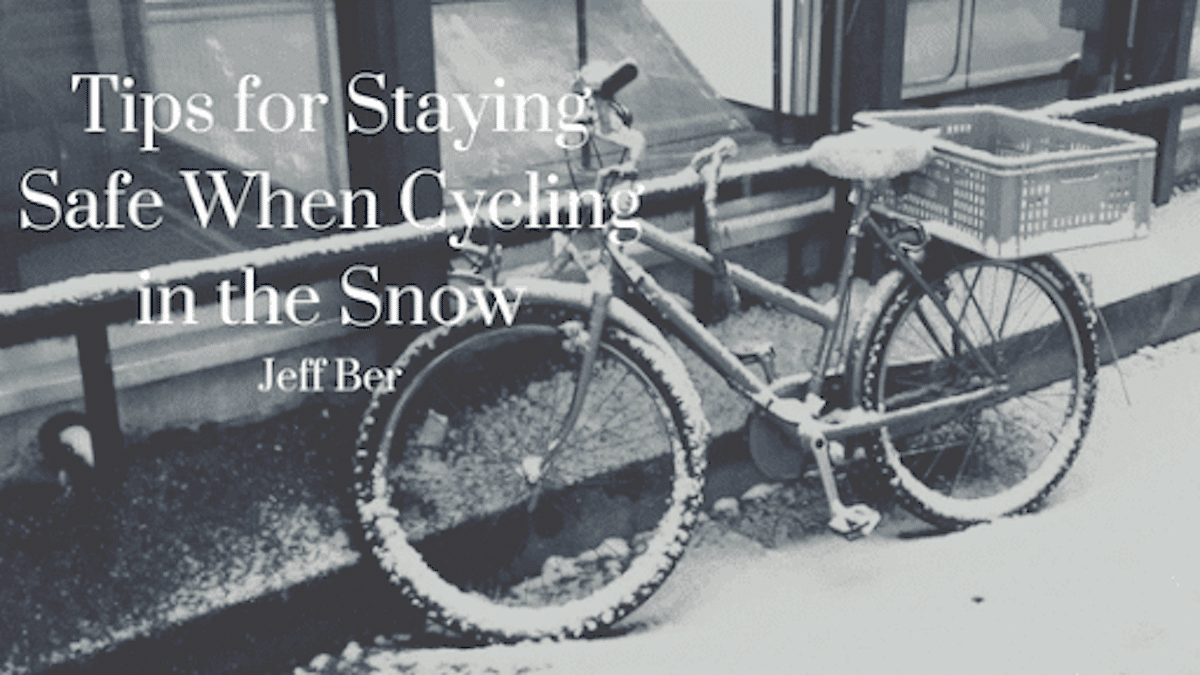While casual hobbyists just stay off their bicycle when winter weather hits, diehard cyclists keep on going. When going in snow, it’s important to follow a few safety tips. The snow might not stop a cycling fiend, but the injury from a fall very well could. Take some safety measures to avoid issues.
Use Busy Roads
A cyclist is no match for a car, so staying away from them is usually best. The opposite is true in snow and ice, however. Busy roads get plowed and salted more frequently, and the cars on them help melt icy patches. After a snowstorm, biking on heavily trafficked roads can be safer.
Lower Tire Pressure
Tires have more give when they’re a bit underinflated, allowing them to flatten out. When they do, more of the tire surface makes contact with the road surface. This provides better traction and reduces the odds that a tire will slip on a patch of ice or snow. Always check tire pressure before a winter ride.
Brake Properly
When braking on potentially slick surfaces, always use the rear brake. Spur the front brakes into action only when the bike is almost stopped. For extra slowing power, riders should slide their buttocks backward, sticking it out over the rear edge of the seat. The front brakes have more power than the rear brakes and will cause a tire to lose traction quickly if applied too heavily.
Dress Warmly
Safe winter biking means dressing for success. Wear several layers and remember hats, earmuffs and gloves as well as thick socks. Cycling unprotected in the cold can lead to frostbite. It can also lead to numbness in the hands and feet, making brake and pedal control more difficult. Waterproof shoes and clothing keep cyclists dryer when cycling during a snow shower or riding through the slush of melting snow and ice.
Provide Some TLC
Bicycles get coated in slush and road salt during winter rides, and these substances encourage rust and weaken parts if left on the cycle. Always treat a bike to a quick wash after winter rides and then lightly oil metal parts to prevent rust.
Some cyclists find a ride through a winter wonderland utterly refreshing. As always, however, safety is the first priority. Be smart when riding in snow and ice. Those who are new to the sport but wish to ride through winter weather should practice in a safe place before hitting the roadways to gain experience and extra practice.
Related posts
Categories
- Cancer Awareness (1)
- Health & Fitness (9)
- Nonprofits (5)
- Volunteering (8)


